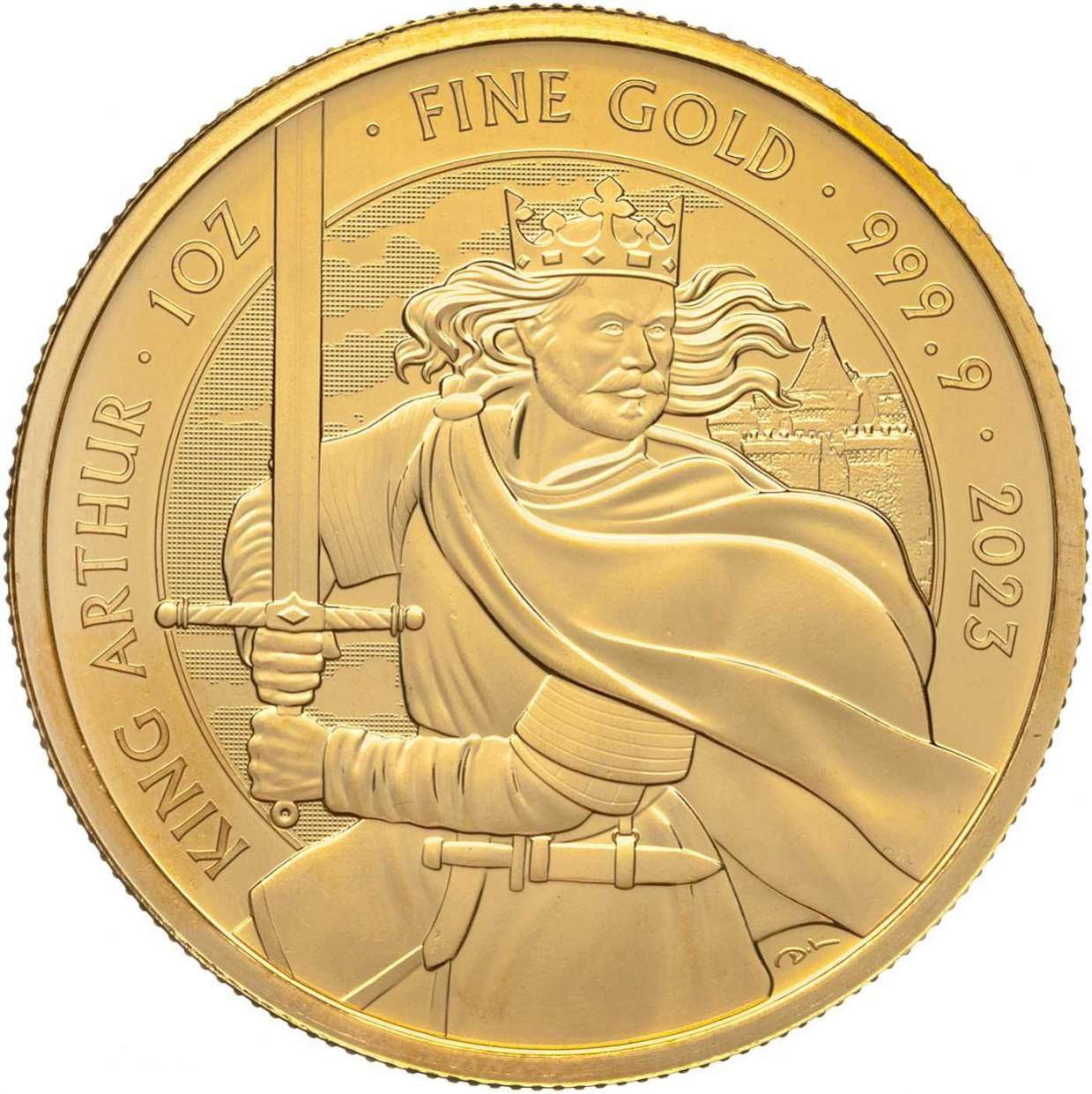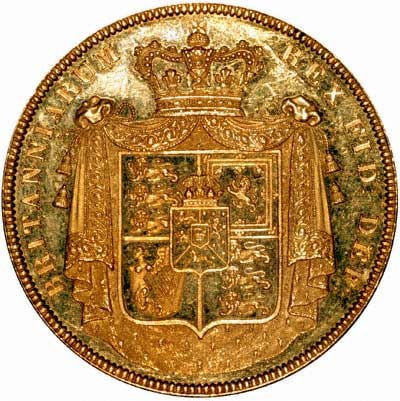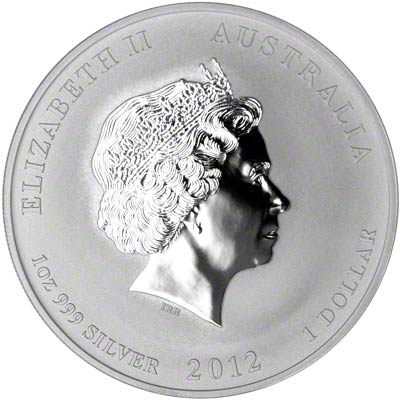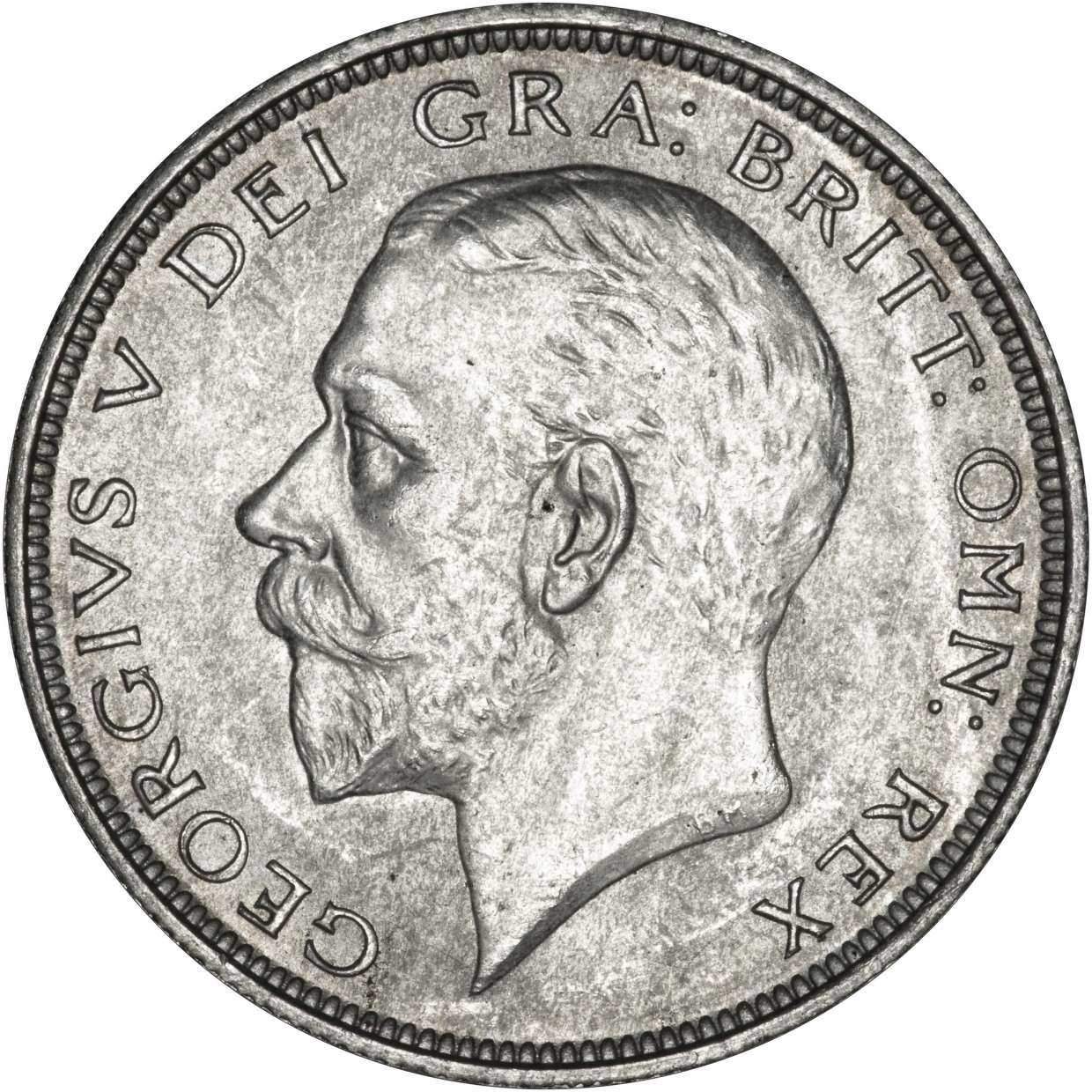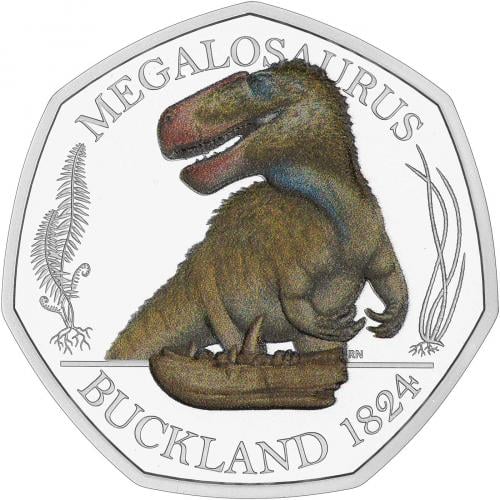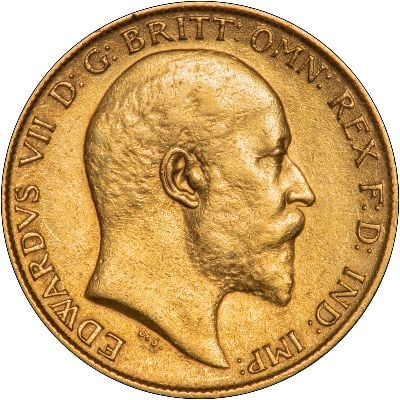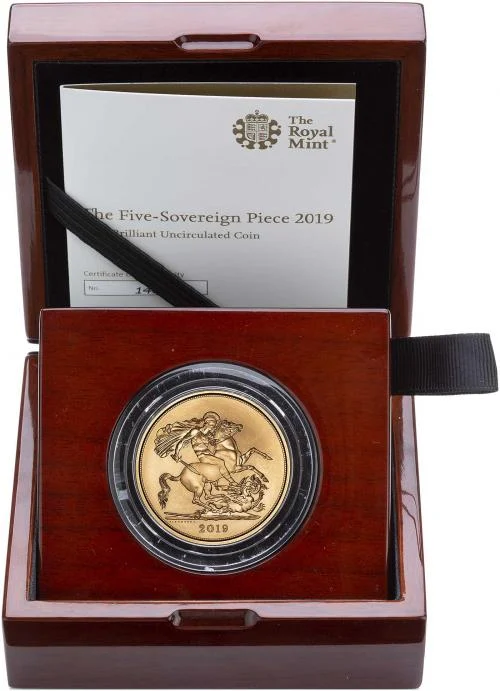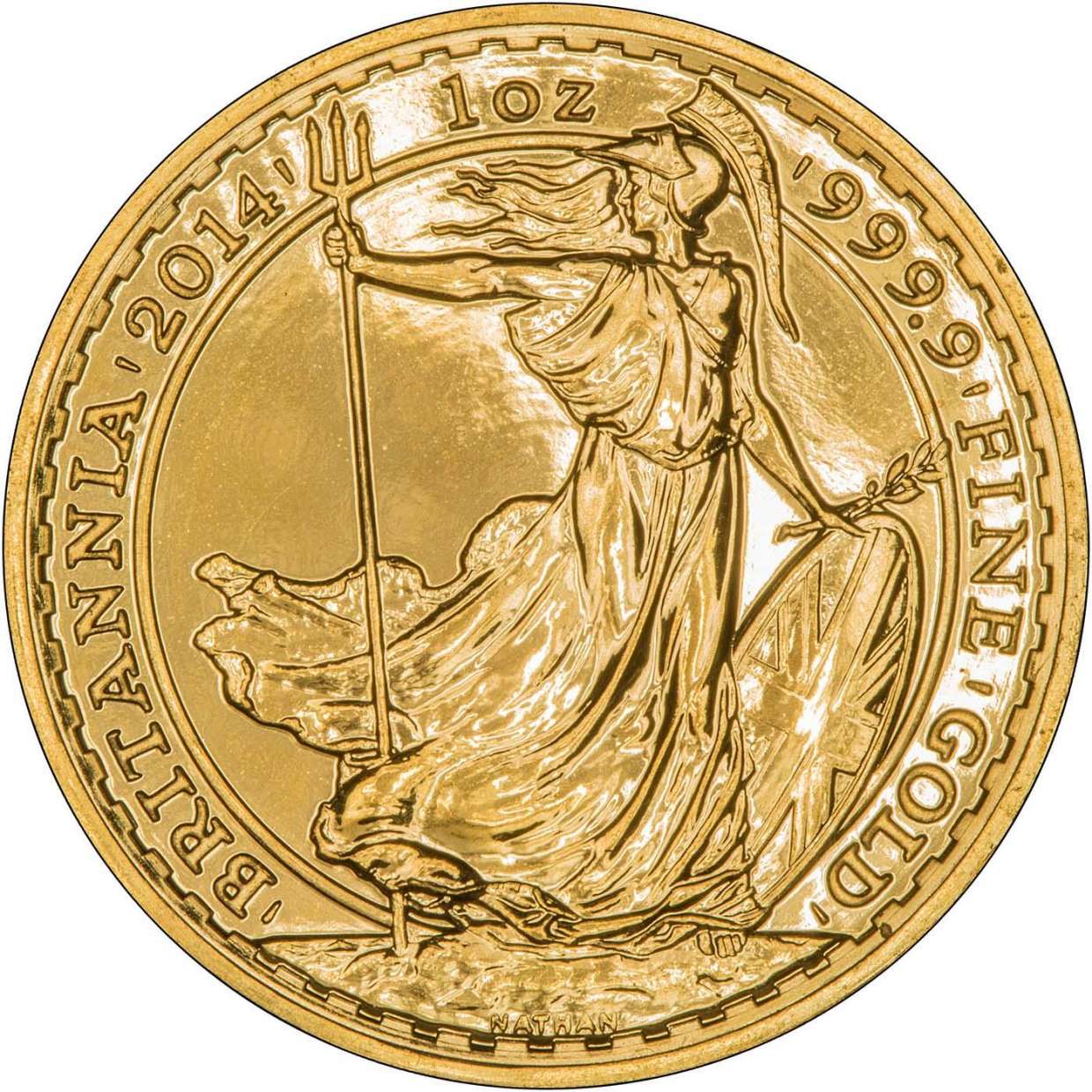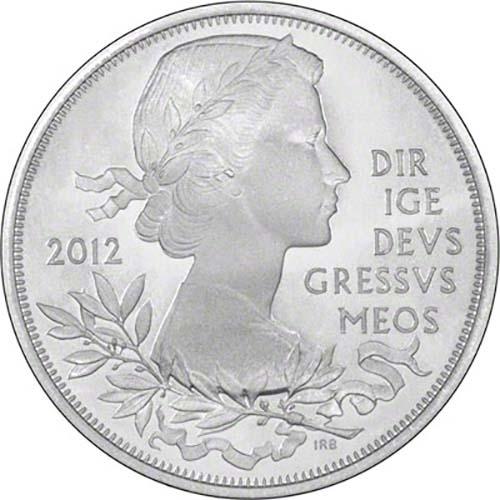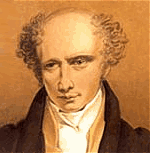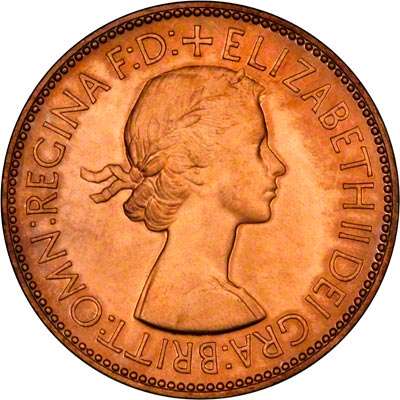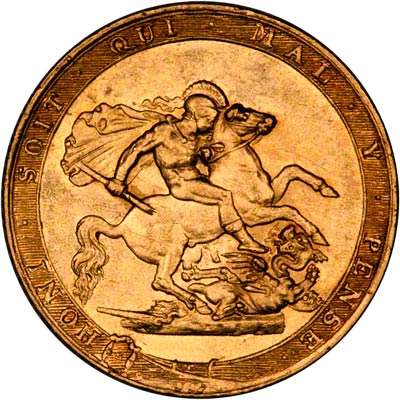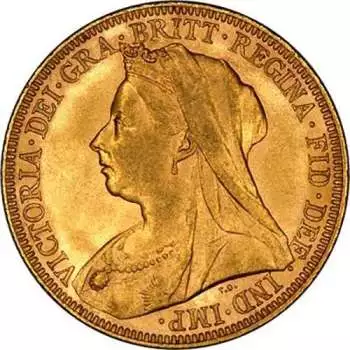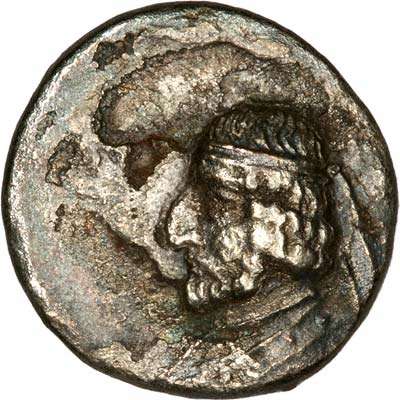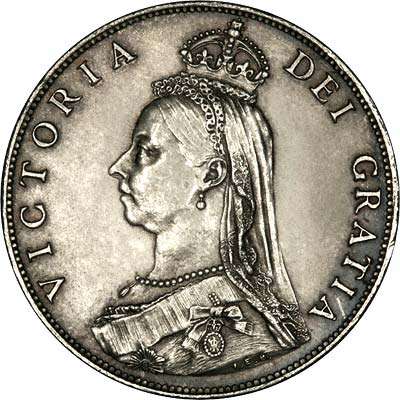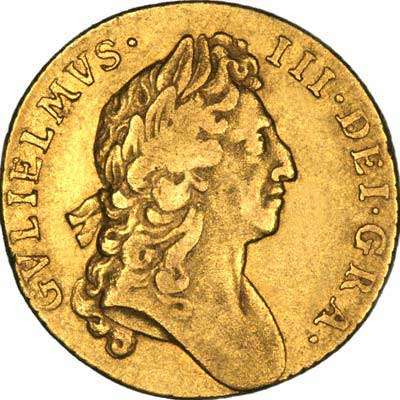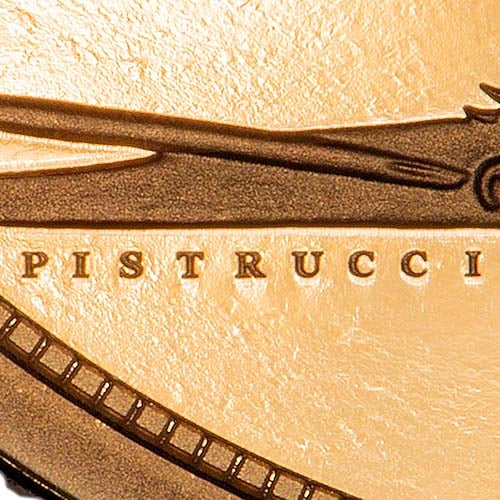The Story Of The Silver Threepence Coin
Synopsis
This blog is dedicated to detailing the history of perhaps one of the most recognisable pieces of pre-decimal English coinage, the threepence. From its inception in 1551 to the coin's more recent applications, the threepence has featured many different obverse portraits and even metals, all of which is explored below.
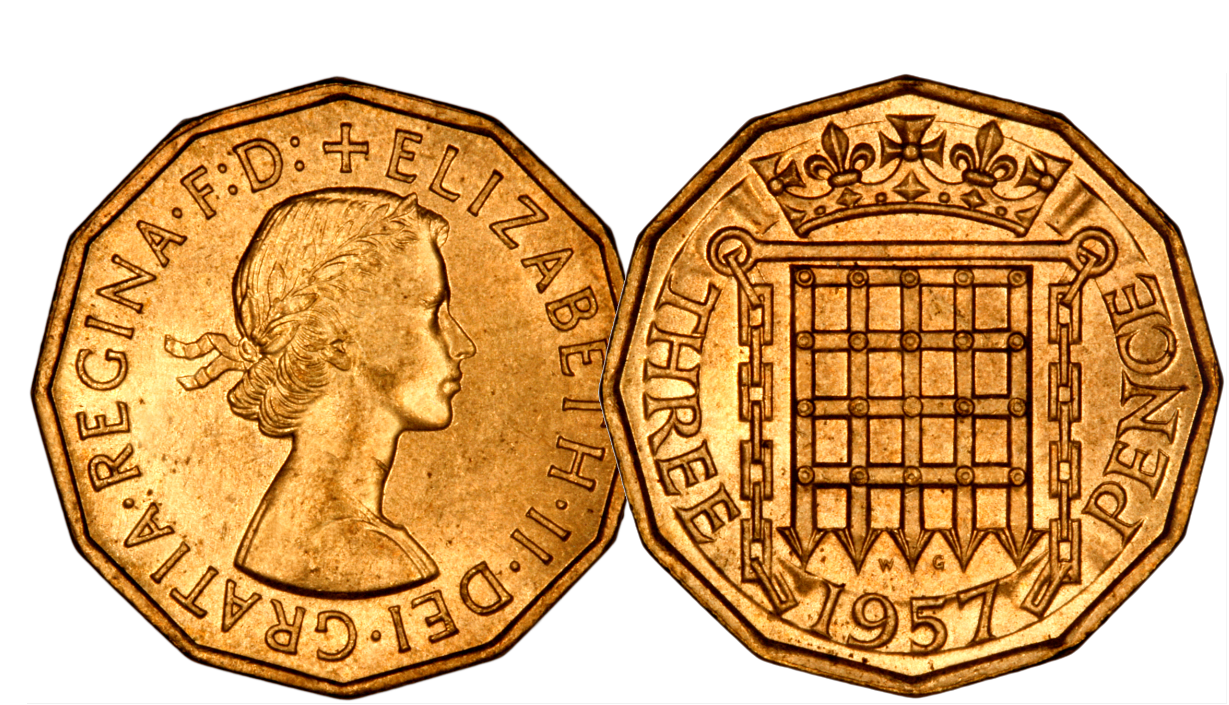
Edward VI Threepence Coins
The very first silver threepence was issued in 1551 for Edward VI in fine silver. There had been a severe debasement of the silver coinage under his father Henry VIII, which had continued in the early years of Edward's reign. In 1551, however, the quality of the silver coinage was restored, although at a lower weight, and the silver threepence along with the sixpence was issued for the first time as part of this new higher standard of silver coinage.
The First Silver Threepence - Edward VI (1547-33)
For many centuries, the only commonly issued coin had been the silver penny, followed by the groat or fourpence during the thirteenth century. In the sixteenth century, many new coin denominations were added.
This first threepence of Edward VI had a portrait of the young king facing, with a tudor rose to his left, and the value III to the right. The reverse design was a shield and a long cross. As most of the coins of this period, the threepence was undated, although the first British coins to bear a date were also issued in 1551. The obverse legend of these first threepences reads 'EDWARD · VI · D · G · AG · FR · Z · HIB · REX ·' meaning 'Edward the Sixth by the Grace of God King of England France and Ireland.' The reverse legend reads 'POSVI DEV : ADIVTORE · MEV ·' meaning 'I have made God my Helper.' During the Edward VI period there were some threepences issued at the Tower Mint, London with a mint mark tun (small barrel in legend). They catalogue at £185 in fine or £1000 in VF (very fine). There were also some issued in York which command a higher price of £425 in fine or £2000 in VF. (Prices from Spink 2020).
Reintroduction Of The Threepence Coin, Elizabeth (1558-1603)
The Elizabeth threepences did not carry a value mark, as in those days most people could tell the difference between a twopence, threepence and fourpence by their size, weight and design, but a rose was placed behind the Queens head to to differentiate it from a half groat. Nowadays, one of the commonest enquiries we get relates to "old" coins people have found, and they are puzzled and confused because it doesn't state its face value or denomination, which they find surprising. James I (1603-25) did not produce any threepences during his reign following Elizabeth.


Charles I (1625-49)
Three pences were issued again under Charles I. Some types had III as their value mark, others were issued without. The easiest to obtain is the Aberystwyth minted coin which catalogues at £60 in fine and £160 in VF. During the Civil War some threepences were struck in towns to supply coinage for the areas of the country under Royalist control. These were of the declaration type which refer to the declaration that Charles made when he promised to uphold the Protestant Religion, the Laws of England and the Liberty of Parliament. The hardest type to find would be the late declaration type of 1645 thought to have been issued at Ashby De La Zouch and would set you back ££2500 in VF. Other normal types show the King facing left on the obverse, and various ornate garnished shields of arms on the reverse. These were produced at Exeter, Worcester or Salopia (Shrewsbury) and Chester. The obverse legend reads 'CAROLVS · D’ · G’ · M’ · B’ · FR’ · ET · H’ · REX' meaning 'Charles by the Grace of God King of Great Britain France and Ireland.' The reverse legend reads CHRISTO · AVSPICE · REGNO meaning 'I reign under the auspices of Christ.'
Charles II (1660-85)
The last of the hammered threepences were produced under Charles II, these were of a similar style to those of the previous King. Then in 1663 milled (machine made) coinage finally superseded the previous hand-hammered coining methods, and new coinage was introduced with noticeably different designs. A better quality portrait of the King started to appear and the reverse showed three interlinking 'C's to symbolise the three pence, the date started to appear for each year of issue. Milled dated issues are listed from £10 in fine and up to £105 in VF depending on year.
Maundy Money was introduced under Charles II. Each year there is a ceremony and some silver pennies, twopence, threepence and fourpence coins are give out to the poor. From Charles II a full set of these coins can be made up. In previous years some money was given out to the poor but the whole sets of the four Maundy coins could not be made up. The circulation three pence and the three pence given out at the Maundy ceremonies were both the same design.

King James II (1685-88)
The design continued similar to that of his father but the King had a laureate bust and letters on the reverse were three crowned 'I's (for IACOBUS) instead of 'C's. Obverse legend reads IACOBVS·II· DEI·GRATIA meaning 'James the Second by the Grace of God.' The reverse legend reading MAG·BR·FRA·ET·HIB·REX·16 86 III meaning King of Great Britain France and Ireland.
The Commonwealth (1649-60) & Oliver Cromwell (1656-58)
No threepences were issued under either of these two regimes.
William & Mary to Modern Day Design
William & Mary (1689-94), William III (1694-1702), Anne (1702-14), George I (1714-27) and George II (1727 -60) all had crowned numbers to show their value. For a brief period in the reign of George III (1760-1820) coins with very thin numbering were produced referred to as 'wire money' but the design was very much the same, it then reverted back to the normal design. During George IV (1820-30) the legend round the outside of the reverse was dropped, and replaced by a wreath of oak leaves. The general design has not changed much from William and Mary in 1689 through all the monarchs until the present day!

Queen Victoria Threepence Coins
Types sets of all three portraits of the Queen Victoria threepences are often sold and are popular with collectors. The young head was issued 1838-87, Jubilee head 1887-93 and old head 1893-1901. The circulated three pence and the three pence given out at the Maundy ceremonies were the same design. Three pences from Maundy sets are often missing as they were the only easily spendable coin in the set at the time. If the owner of the set were short of money the three pence got spent!

King Edward VII (1901-10)
Silver threepences continued in 0.925 silver were issued from 1902 to 1910 and weighed 1.41grams. Similar to before the design mostly unchanged but Maundy threepences had more of a prooflike look.


George V Silver Threepence (1910-36)

The first silver issue was between 1911-20, was 0.925 silver and remained as a crowned "3" numeral. These were for Maundy money only. The second silver issue came out part way through 1920 and was reduced to 0.500 silver due to the severe shortage of silver.
There was a major change in the reverse from 1927-36 when a design of acorns and oak leaves was used. The denomination was written in the legend round the outside of the leaves. The old design continued to be made from 1926 for Maundy money at 0.500 silver content and was not circulated.


George VI, the 1937 Threepence Coin
In 1937 a new design was introduced for the threepence of George VI. At the same time a new brass alloy was used for the new twelve sided brass threepences. The new silver threepence design was a shield bearing St. George's cross in the centre of a rose and was issued in 0.500 silver. Many people did not like the new design and some areas of the country refused to use it! Silver threepences continued to be issued until 1944, although from 1942 they were only issued for colonial use, and the last three dates are fairly scarce particularly in higher grades. 1945 dated coins were struck but were supposed to have been melted down for the silver before issue. Two are known to have survived and they are extremely rare. The first one sold in 1970 for £260 and the second one was sold in March 2020 by Baldwin’s of St. James’s auction and fetched a hammer price of £50,000, wow! The recent seller reported that a relative worked at The Royal Mint which will probably have been how the coin got out of The Mint.

Maundy Money
The one penny to four pence have traditionally been given out in Maundy ceremonies. The Maundy coinage has always been silver. There was a reduction in their silver content from 0.925 silver (sterling silver) to 0.500 silver in 1921. It was restored again in 1947 to sterling silver when circulation “silver” coins were changed to cupro-nickel, although of course no circulation silver threepences were being issued by then.
The Maundy threepences still retained their centuries old design to this day of a crowned figure "3". Somebody reading this page will stop reading before they get to this point and e-mail or phone us excitedly to tell us they have found one of the extremely rare 1945 threepences we have just described above. The same will happen with later dates also. Even to this day, the silver threepences produced each year for the Maundy ceremony still retain the old crowned "3" as their reverse design.
Present Day
It may surprise most people to learn that silver threepences are still issued in the present day, but as we have mentioned, the four denominations of Maundy coins are all still struck annually for the Royal Maundy ceremony.
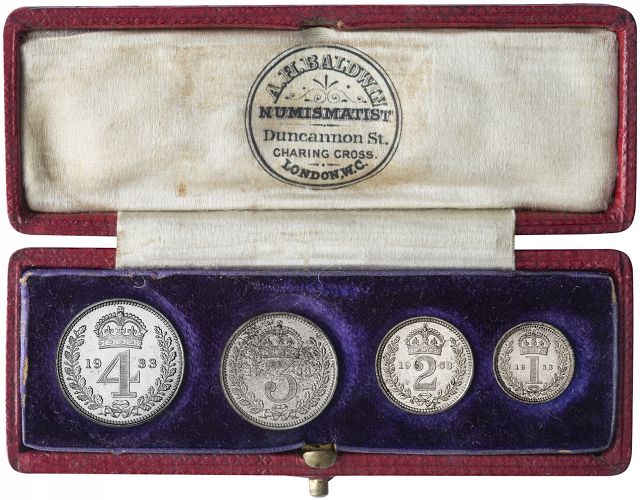
Brass Threepence

The silver threepenny was popular in Scotland but not in England. It was considered too fiddly to handle. One of the proposed coinage reforms of Edward VIII's reign was to introduce a new brass nickel threepence. This was carried over to that of George VI following the abdication. There were 12 examples of a pattern piece made for Edward VIII but only 6 have known locations, the other 6 may still be out there somewhere and would fetch a lot of money if found now! They are catalogued at nearly £60,000 in the 2020 Spink Coins of England.
There were mixed opinions in 1937 when the first brass nickel threepence was issued but it soon became one of the nation's most loved coins due to its quirkiness. It was the UKs’ first dodecagonal (12 sided) coin. It was easy to see in change as it was yellow in appearance, and the multiple sides stood out as well as it being quite chunky unlike the small silver threepence. The silver threepence was still produced and continued to circulate due to its popularity in Scotland and parts of the Commonwealth.
George VI
Interestingly from 1937-40 the coin had sharp corners, in 1941 it had either both sharp or rounded corners, 1942-46 they were rounded, and 1948 they were either. The common weight of the threepence was 6.8 grams, comprising 79% copper, 20% zinc and 1% nickel. The first obverse design from 1937-48 included the words ‘GEORGIVS VI D:G:BR:OMN:REX F:D:IND:IMP.’ meaning ‘George the Sixth by the Grace of God King of all the Britains Defender of the Faith Emperor of India.’ Editions from 1949-52 omitted IND:IMP (Emperor of India) as The King had chosen to use a different title of Head of the Commonwealth.

"Joey" Threepence Coins
This page would not be complete without telling you that a common "nickname" for the silver threepence was a "Joey", although we have also heard this used for the silver groat or fourpence. When I originally wrote this, I had forgotten why the term Joey was used, but said that when my long-term memory kicks back in, I will add this extra information... I think that the name may have come into popular use around the time of the introduction of the new brass threepence to distinguish between the two types. Again this could be wrong, so we will research further before returning to complete this page.
While mentioning “Joeys”, we should also mention that both types of threepences were usually called or pronounced “thre’pence”, undoubtedly because using a long “ee” sound makes for a slightly awkward pronunciation. We have noticed that many recent writers claim that they were called “thrupences”. While this was almost certainly true in the Black Country, this was certainly not universal, and these so-called expert authors all appear to be mindlessly parroting some writer from the Midlands.
"Joeys" Update
We wrote the above in 1998 or 1999. Fast forward to 2020, and we were contacted by Ron H-W, who provided us with the following, as it appears to be well-researched, with references, we make no apology for adding it here in full
There are a few factors at work there: The silver fourpence was re-introduced in 1836, at the instigation of Joseph Hume This was because the standard cab fare was then 4d (four pence). Cabbies, having got used to often being handed a sixpence and told to keep the change, now found themselves usually being given the exact money (no tip!), and therefore nicknamed these coins "Joeys" in derision (a reference to Joseph Hume) -- we know them as "Britannia Groats". "This denomination was re-introduced for circulation in 1836 at the recommendation of Joseph Hume and nick-named after him 'Joeys'. Circulation issue groats had the Britannia reverse; Maundy Groats did not." In Australia, it was noticed that the (silver) threepence was a very small coin. Baby kangaroos, known as joeys, are remarkably small. So, put these ideas together. With the withdrawal in the UK of the Britannia groat, some people transferred the nickname from the 4d to what then became the UK's smallest circulating coin - most people not having seen (let alone handled) Maundy pennies and twopences. This could have been with awareness of Australian usage, but: One example of joey = 4d is in "Undercurrents Overlooked, Volume 1" by Mrs. Wm. Pitt Byrne (R. Bentley, 1860) "Hi - hi - all you respectable people what 's got a joey, get half a pint of beer and sport the other threepence up here; ..." (and presumably beer is 2d a pint). Also in John Camden Hotten, "The slang Dictionary ..." (1869) which gives the wrong title for Hawkins' "The Silver Coins of England Arranged and Described with ..." This must be referring to the 1841 edition rather than 1876, see the lower half of the page at (Google Books) As a threepence, it is sourced before 1936(!) and attributed to the 1920s to 1930s
Value Marks Of The Silver Threepence Coin
Earlier on that page, under "Elizabeth I", we say: "The Elizabeth threepences did not carry a value mark, as in those days most people could tell the difference between a twopence, threepence and fourpence by their size and weight." This isn't quite true: * People could tell the difference (by size and weight) between penny, twopence and fourpence. * Likewise, they could tell the difference between three-farthings, three-halfpence, threepence and sixpence. * However, a factor of 1.5 or less was NOT enough, especially as sometimes coins got "clipped", to steal some silver from them. * So this second series had a rose behind the queen's head. * I would argue that this rose is a sort of mark of value! In Beaumont and Fletcher's "The Scornful Lady", somebody gets "whipt, and then cropt, for washing out the roses in three-farthings to make them pence." I hope these observations help. Regards & best wishes, Ron H-W
Roses As Value Marks
Ron is correct when he states that is wasn't quite true about the use of value marks. I was being slightly facetious with my comments, the first silver threepences did have a rose by the side of the portrait, but then so did the corresponding sixpence. From 1561, during the third and fourth coinages of Elizabth I, halfgroats (twopences) were issued, which had no rose. Threehalfpences were issued, and they had a rose, as did threefarthings, to help distinguish them from pennies. So alternate, close, denominations had a rose or no rose, as the case required. This was almost certainly done to make it easy to distinguish more clearly the different sizes and values, but they did not state the specific value, such as 1, 2, 3, 4 pence etc.
Note that gold sovereigns have never carried an explicit mark of value, from their introduction in 1489 through to the present day.
Related Blog Articles
This guide and its content is copyright of Chard (1964) Ltd - © Chard (1964) Ltd 2024. All rights reserved. Any redistribution or reproduction of part or all of the contents in any form is prohibited.
We are not financial advisers and we would always recommend that you consult with one prior to making any investment decision.
You can read more about copyright or our advice disclaimer on these links.

